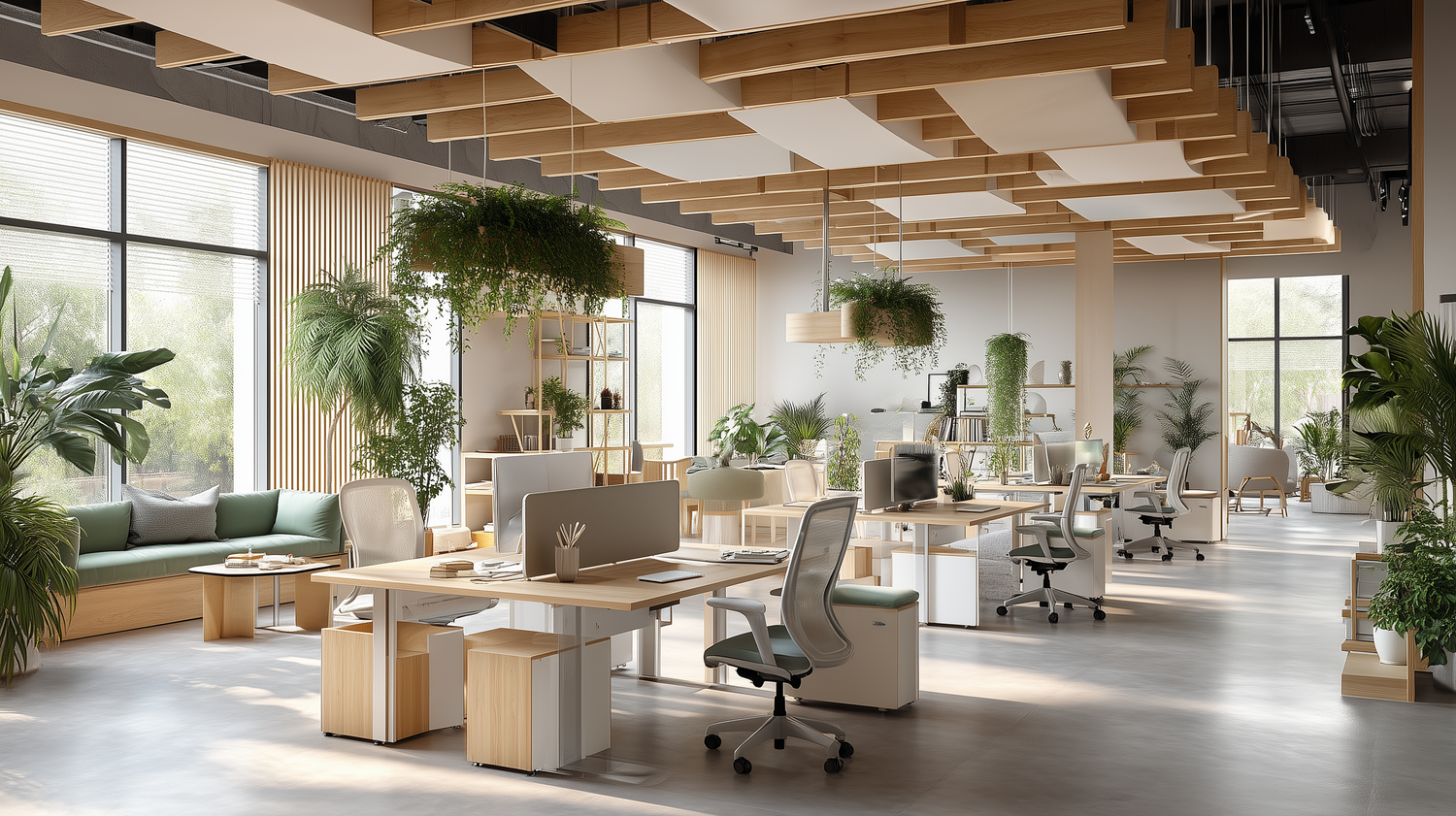
In the world of chair design, the pursuit of comfort is a fascinating blend of art and science. A truly comfortable chair should be topographically neutral, seamlessly conforming to the unique contours of every individual's body without causing discomfort or restricting circulation. The challenge is to engineer a chair that empowers the sitter's body to dictate pressure distribution, rather than the chair's underlying structure.
What We Know
Surface pressure plays a pivotal role in determining comfort when sitting. While people of varying body shapes distribute their weight on a chair in similar patterns, the intensity and areas of pressure distribution differ from person to person. Peak pressure zones should be under the sitting bones in upright postures and in the lumbar and thoracic areas in reclined postures.
Even small disruptions in pressure distribution can have a profound impact. For instance, something as seemingly innocuous as sitting on a wallet can lead to severe consequences, exerting pressure on the sciatic nerve and causing uneven spinal loads.
Using Pressure Maps for Chair Design
To tackle this intricate challenge, researchers have employed pressure-sensitive mats connected to computers to map pressure-distribution properties in various seating applications. However, it's crucial to understand that different individuals may exhibit distinct pressure maps when sitting in the same chair, depending on their weight and build.
The key takeaway here is that the skin and fat tissue under the "sitting bones" are less pressure-sensitive than the surrounding muscle tissue. Additionally, chairs with backrests that exhibit pressure peaks away from the spine have been found to be more comfortable.
The Solution: Topographically Neutral Chairs
Designing a chair that is topographically neutral is the ultimate goal. Chair designers strive to minimize circulation-restricting pressure by carefully selecting contours and padding, ensuring that the chair's structure aligns with the needs of a diverse user population.
The breakthrough comes in engineering chairs that provide dynamic support, allowing the chair to adapt to the individual's unique body shape. Topographically neutral suspension materials enable chairs to conform to the sitter's shape and dictate pressure distribution, rendering an unparalleled level of comfort.
Embracing the Future
Thanks to advances in structure and materials, we are inching closer to the ideal chair—one that empowers the sitter to determine pressure distribution. Pressure-mapping technologies have evolved, enabling precise measurements of pressure levels experienced by sitters.
It's all about ensuring that when you sit in a chair, your body reigns supreme, dictating the most comfortable experience possible.






